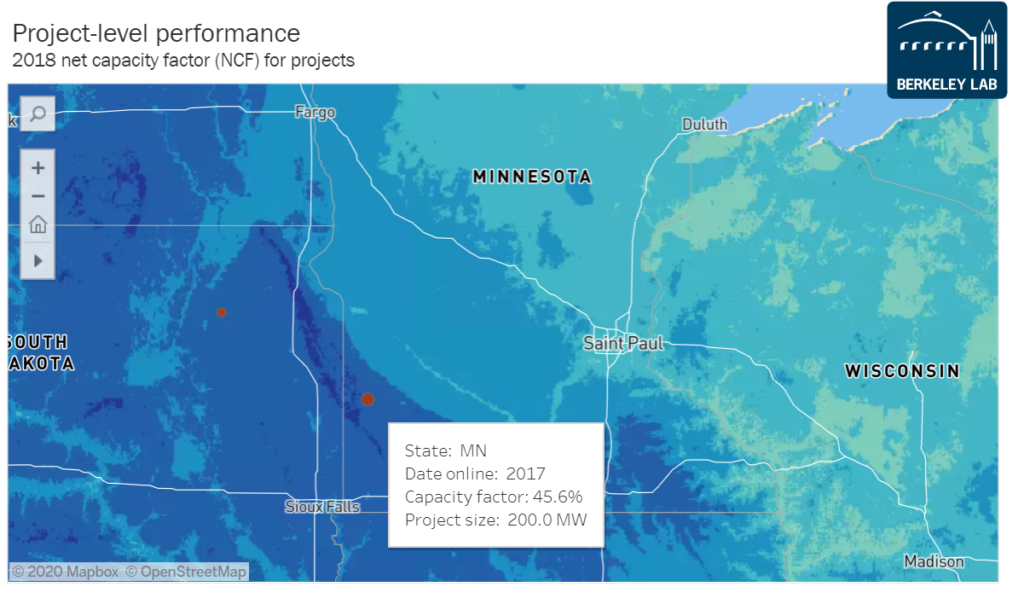Great River Energy’s Coal Creek Closure Reliant Upon $105 Million in Taxpayer Subsidies Per Year
Last week, Great River Energy (GRE), a large umbrella company for many of Minnesota’s electric co-ops, announced they would be prematurely closing the Coal Creek power plant at the end of 2022 and replacing it with a mixture of wind power purchase contracts from 1,100 megawatts (MW) of newly-constructed wind projects, and buying electricity from other companies when the wind isn’t blowing.
GRE has said its will be a boon for its customers. However, this plan relies heavily on $105 million in annual federal tax subsidies, which simply shift the costs from Great River Energy’s customers, to tax payers. In the end, you’ll be picking up part of GRE’s tab in this decision.
How GRE’s Wind Subsidy Math Works
Wind companies are frantically scrambling so soak up the wind Production Tax Credit (PTC) before it expires. This taxpayer-funded subsidy pays a wind company $24 for every megawatt hour (MWh) of electricity that the wind facility generates for the first ten years of it service life, if the facility is built in time to qualify for the full tax credit. GRE plans to buy electricity from 1,100 MW of new wind, and how much taxpayer money the company benefits from will ultimately depend upon when these wind turbines are built, and how much electricity they produce.
If we assume the turbines get the full tax credit, the biggest variable is production. According to Lawrence Berkeley Labs, the most productive wind facility in Minnesota produced electricity 45.6 percent of the time in 2018, while the rest of the fleet generated lower quantities of electricity.

If we assume all of the new wind facilities GRE would be buying from are this productive, the company would be reaping the benefit of $105 million in taxpayer payments paid to the wind companies each year for ten years. In the end taxpayers will be forced to more than $1 billion during this time frame.
This means 88 percent of the $1.2 billion GRE believes it will cost to build all of these wind facilities (we at American Experiment believe it will cost more, but we’ll detail this in another article), would be paid for by a wealth transfer from taxpayers, to GRE.

Conclusion
GRE is claiming closing the Coal Creek power plant will save its customers money, but what it fails to mention is that these savings will likely come at the expense of all Minnesota families and businesses who will be forced to pay higher taxes as a result of this decision.
The biggest problem with subsidies is that is that they incentivize smart people to do stupid things. Free markets would punish participants who make bad decisions, but state mandates for wind and solar and generous federal subsidies mean that electricity markets in the Midwest are anything but free.